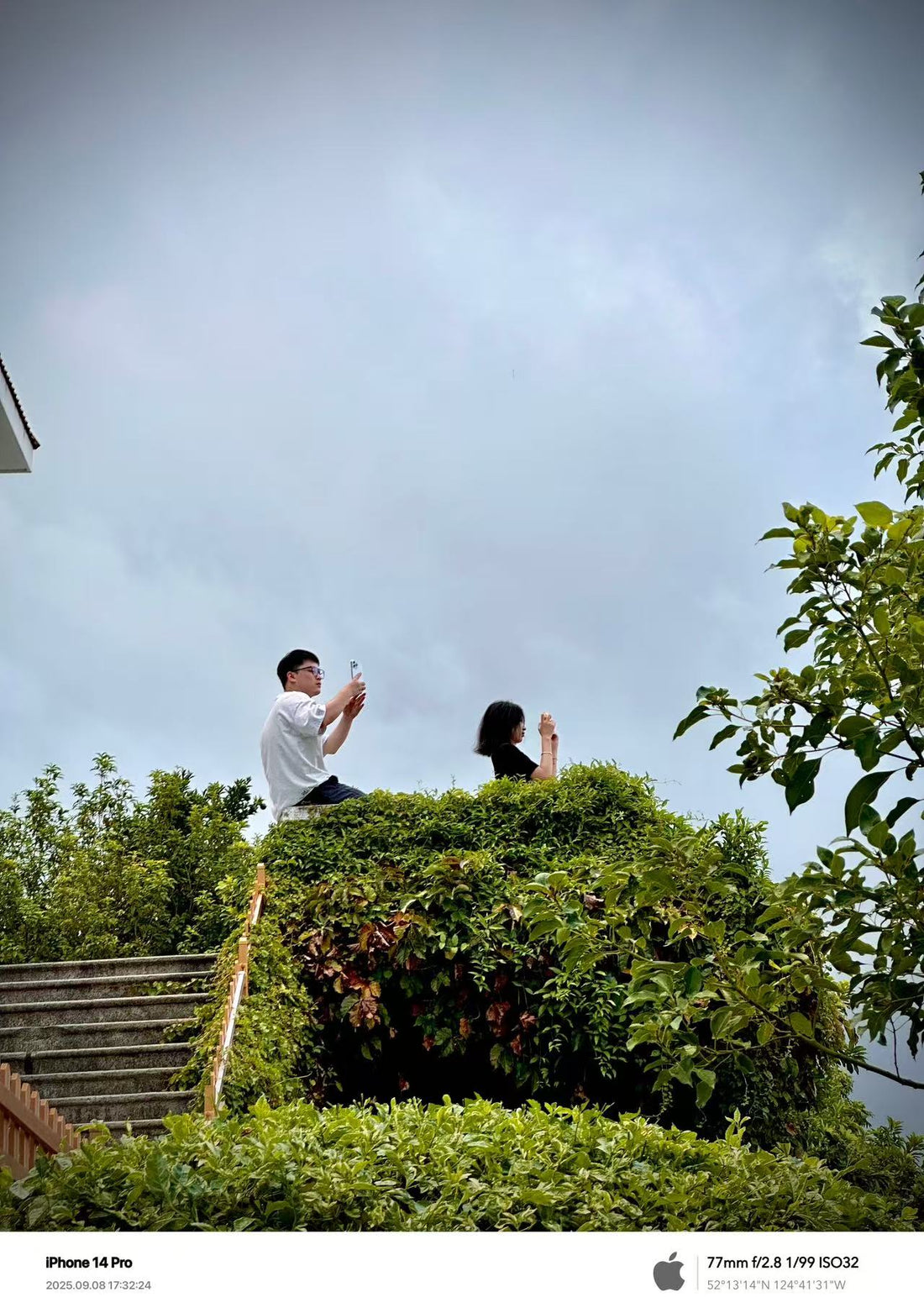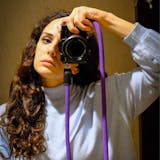
How to Choose Your First Film Camera: A Guide for Photography Lovers
For many photographers, picking up a film camera is like stepping into a time machine. The grain, the colors, the deliberate pace of shooting—all of these make film photography irresistible. But if you’re just starting out, the market can feel overwhelming. Should you go for a compact point-and-shoot, a manual SLR, or maybe even a medium format camera? Let’s walk through the essentials of choosing your first film companion.
1. Define Your Shooting Style
Before diving into specs, think about how you want to shoot:
- Casual everyday snapshots → A compact 35mm camera might be your best friend. It’s lightweight and easy to carry, perfect for travel or street walks.
- Learning photography basics → A manual SLR (like the Canon AE-1 or Nikon FM series) helps you understand shutter speed, aperture, and ISO in a hands-on way.
- High-quality portraits or landscapes → Medium format cameras (think Mamiya or Hasselblad) produce stunning detail but are heavier and pricier.
👉 No matter which you choose, remember that comfort matters. A good camera strap can make long walks with your gear a lot more enjoyable.

2. Consider the Budget
Film cameras range from under $100 to well over $1,000.
- Budget-friendly: Point-and-shoots and entry-level SLRs are widely available on resale platforms.
- Mid-range: Professional SLRs with reliable lenses—perfect for enthusiasts who want control.
- Investment level: Medium format or premium brands like Leica can be heirlooms as much as tools.
💡 Pro tip: Save a portion of your budget for film rolls and developing costs. Shooting film isn’t just about buying the body—it’s about sustaining the habit.

3. Check Condition and Reliability
Buying vintage means you’ll likely deal with cameras that are decades old. Things to look for:
- Light seals (do they need replacing?)
- Shutter accuracy
- Lens clarity (fungus, scratches, haze?)
If buying online, ask sellers for sample shots. And once you get your gear, pair it with a durable wrist strap for added security—especially during street photography.

4. Don’t Forget Ergonomics
Every photographer has a different shooting rhythm. Some love the compact grip of a rangefinder, while others prefer the solid feel of an SLR. Try holding the camera if possible. You’ll quickly know whether it feels right in your hands.
A strap also changes the experience. For example, a quick release camera strap makes it easy to switch between shooting on a tripod and carrying your camera around your neck.

5. Start Simple, Then Upgrade
Film photography is a journey. Your first camera doesn’t need to be perfect—it just needs to get you shooting. Start with something reliable, get a few rolls developed, and see what inspires you. Over time, you’ll naturally gravitate toward the type of camera that matches your style.

Final Thoughts
Choosing your first film camera is less about chasing the “best” model and more about finding one that makes you want to go out and shoot. Whether you end up with a compact, an SLR, or even a medium format beast, the most important step is simply loading that first roll.
And don’t forget—your camera deserves a partner too. A handmade leather camera strap or a rugged climbing rope strap not only protects your gear but also adds a touch of personal style.
So grab a camera, pick your favorite strap, and let the film journey begin.


